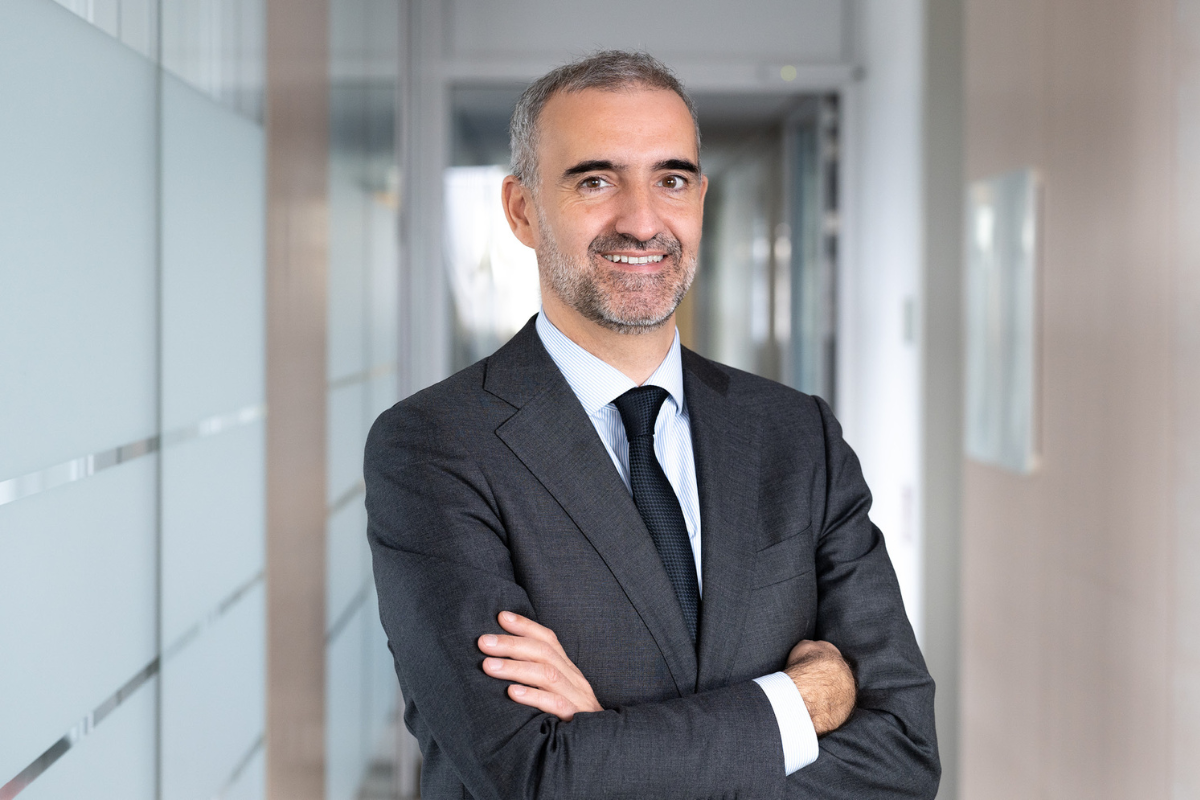Assets in Luxembourg-domiciled investment funds — including UCITS and AIFs — reached €7.2 trillion at the end of April 2025, according to the latest figures published by the Luxembourg Investment Fund Association (ALFI). “We are witnessing strong inflows into both UCITS and alternative funds, but above all we are observing growth in the active ETF industry, an area where many managers have started to launch and market products,” highlights Serge Weyland, CEO of ALFI, when asked about the health of the industry.
In his view, the two major trends currently shaping the European fund sector are precisely active ETFs and alternative funds. In both cases, he acknowledges that Luxembourg is playing an increasingly prominent role. “I believe Luxembourg is the home of actively managed funds, whether liquid or illiquid, and whether we’re talking about traditional fund structures or ETFs. The regulation and transparency that characterize the country have been key to its leadership,” Weyland emphasizes.
ETFs and Alternatives: Growth Trends
In addition to this reflection on the country’s relevance, Weyland believes both trends will continue to grow. “It’s an emerging trend. We expect more and more asset managers to view ETFs as a distribution channel for actively managed strategies and to use platforms to bring them to investors. We already saw this with smart beta or beta-plus strategies, as well as systematic index-based strategies, which also opted for the ETF format,” he notes based on his experience.
Regarding private investments, Weyland points to the strong growth seen in the Luxembourg industry, which has grown from €2.5 trillion to €7.5 trillion in alternative fund assets. “This is the area where we’ve seen the most growth, and we expect it to continue. Of course, the interest rate hikes in the eurozone over the past two years made these assets less attractive, but the current rate-cutting cycle has turned the outlook around. After a dip in which the number of fund launches fell, ELTIFs are gaining strength in response to growing investor demand,” he comments.
Regulation: A Maze to Simplify
In this growth context comes the European Commission’s message on the need to simplify regulation to move toward a more unified, efficient, and competitive market — and to mobilize European investors. Given Weyland’s professional background, the question is inevitable: is this really what the industry needs? His response is direct: “Yes, I believe there are several areas where simplification is important — not only for the industry but also for investors.”
According to his assessment, one of the main challenges facing the European Commission is that European households are not investing — in part because legislation makes it difficult for them to invest and receive advice. “I think we must understand regulation not as an obstacle for investors or as excessive protection, but as a way to empower investors. I believe all regulatory developments around cost transparency are good, but I think we’ve gone too far, restricting their freedom to take risks,” he argues. He also points out that European regulation tends to view risk negatively: “We need a holistic view of risk that takes into account timing and investment horizon for decision-making.”
Another area where regulatory simplification could be very beneficial is the work of advisors. “There’s a lot of complexity in the investment offering process. Other countries, such as the United Kingdom, are already addressing these challenges, and we could take inspiration from them.”
In his view, this simplification will benefit the European investment product — the best example being UCITS funds — and the European industry, which has reached €23 trillion in Europe-domiciled funds, of which €5 trillion come from non-European investors. “We export far more funds than the United States, and regulation should be a catalyst for greater competitiveness — not the opposite.”
The best example is the recent revision proposed by ESMA on UCITS eligible for advisors. It suggests a systematic review of UCITS exposure, which would allow, for example, investments in real asset funds or commodity indices via total return swaps. “If this were to be implemented, it would be very unfortunate, because these are precisely the solutions that retail and institutional investors have used for many years to diversify their exposure,” argues the CEO of ALFI.
CMU and RIS: Are They Aligned?
In this regard, one of the debates heard in the industry is whether the Capital Markets Union (CMU) and Retail Investment Strategy (RIS) proposals are compatible. ALFI believes both should be aligned and, in Weyland’s words, “the CMU should consider pension systems as key components of the new European financial model,” given the major sustainability challenge faced by pension systems in countries such as Spain, Luxembourg, France, Germany, and Italy — and the opportunity presented by the so-called second pillar.
ALFI advocates for occupational pension plans — under the second pillar — with automatic enrollment, transparency, efficiency, broad availability, and choice among multiple providers. It also recommends a European tool to track first, second, and third-pillar pensions, providing citizens with a clear view of their future retirement.
“In many pension systems, this second pillar is completely outdated and ineffective due to poor design. I believe the European Commission can truly help Member States redesign this second pillar of their pension systems. Some countries have successfully implemented a second pillar that works and encourages investor participation, such as Sweden, Denmark, Canada, or Australia,” Weyland concludes, offering another perspective on the debate.



